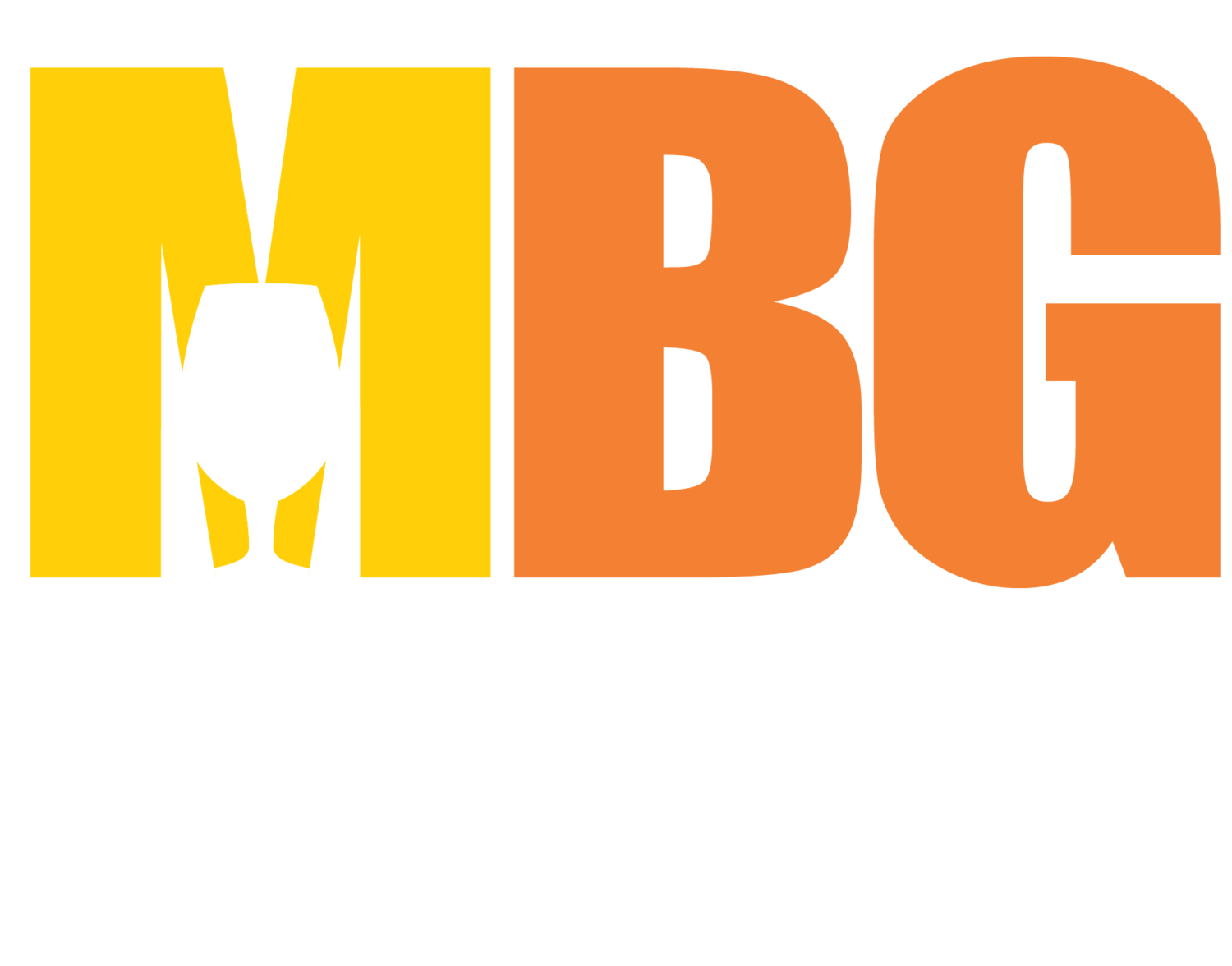Growing your business is shockingly easy when you have access to the right insights, to make the right decisions. With these 6 Top POS Reports you’ll know how to increase sales, optimize labor costs, and improve production schedules, event programming and menu building.
1. Tab Tags
What is it? Tracking return on investment based on customized guest group tags.
Why does it matter? You have a beautiful, welcoming space that attracts groups of all kinds in search of their go-to meet-up spot—from corporate baseball teams to knitting clubs. Tag each of their tabs with a descriptive tag so you can measure total sales from the group over time.
Okay, give me an example. This year you decided to sponsor the local baseball league’s dues with the guarantee they’ll come in after each game. Tag their tabs every time they come in to see their spend. Those baseball players eat and drink a lot! The reports show a return on your investment so be sure to sponsor them again next year.
2. Employee Performance
What is it? Total sales by each employee, and product category to see what they’re selling.
Why does it matter? Though you’re often on-the-ground with your staff and get first hand experience of what they’re up to, the data will highlight your best performers. Use total sales by employee to make informed staffing decisions or know when to create incentives for more engagement and add some fun to the workday.
Okay, give me an example. Terry’s sales are consistently higher because they’re always sending guests home with a 6-pack to-go. You want Terry in your busiest venues on Friday night. If you want your staff to sell more packaged beer, have Terry share their secrets. Then start rewarding staff with the highest to-go sales with weekly growler bonuses!
3. Ounces Poured
What is it? How many ounces were poured, by size, and time.
Why does it matter? Track trends in what’s selling to drive production schedules, marketing, and distribution.
Okay, give me an example. Your data shows that in the last week you poured 1,000 tasters and 200 pints of the Pilsner. Meanwhile, you poured 1,000 tasters and sold 950 pints of the Hazy. Which beer was better received? You’ve got it, the Hazy. Increase production on that Hazy IPA and start pushing for distribution.
4. Hourly Total Sales
What is it? Total orders by hour of the day.
Why does it matter? Hourly sales data helps you plan ahead. Track trends over time to know what you’re selling, when you’re selling it. Staff up when you’re typically slammed and plan events to incentivize visitors when you’re typically slow.
Okay, give me an example. You already had a sense, but once you look at the data, it’s clear: Tues and Weds 2-4pm is slow. Perhaps run a teacher’s special to incentivize afternoon grading parties, and advertise to the local schools.
5. Hourly Sales by Product
What is it? Sales by product, by hour of the day.
Why does it matter? Make informed menu decisions and keep food costs down with hourly sales by product. With reports that show the exact time each product is ordered you can curate timed menus with only the most popular menu items. No more keeping extra ingredients in stock and wasting unused food.
Okay, give me an example. You love the lobster roll, your Mom loves the lobster roll, but—shockingly— it turns out your happy hour crowd does not. Strike the lobster roll and minimize your happy hour menu to just the items that sell again and again. (And save those lobsters for you and your Mom!)
6. Weekly Sales
What is it? Total sales by day of the week.
Why does it matter? Maybe you’re freshly open (congrats!) and don’t have a ton of historical data or you’re coming off a pandemic year where each business day was a mystery. Understanding trends each day of the week helps you to make proactive decisions to help boost sales and keep your business relevant.
Okay, give me an example. You’re seeing a trend of low sales on Tuesdays, it’s barely worth it to keep the doors open. Now what can you do to get guests in seats? That might be the perfect day for trivia! Use your loyalty program to send out offers redeemable only on that day and build hype for your new weekly trivia.
Wrap Up:
Data matters. A lot! Starting with these 6 top metrics, you’ll be able to track what is working in your space, iterate, and wow your guests while improving efficiency.
Founded in 2016, Boulder, CO based Arryved is a point-of-service based software company specializing in craft food & beverage: breweries, brewpubs, cideries, distilleries, wineries, and non-brewery taprooms. Arryved is a team of tech geeks with relentless passion for, and extensive experience in, the craft beverage industry, as both employees and consumers. The goal is simple: Deliver a flexible, reliable, team-centric platform that puts service first in every way.


